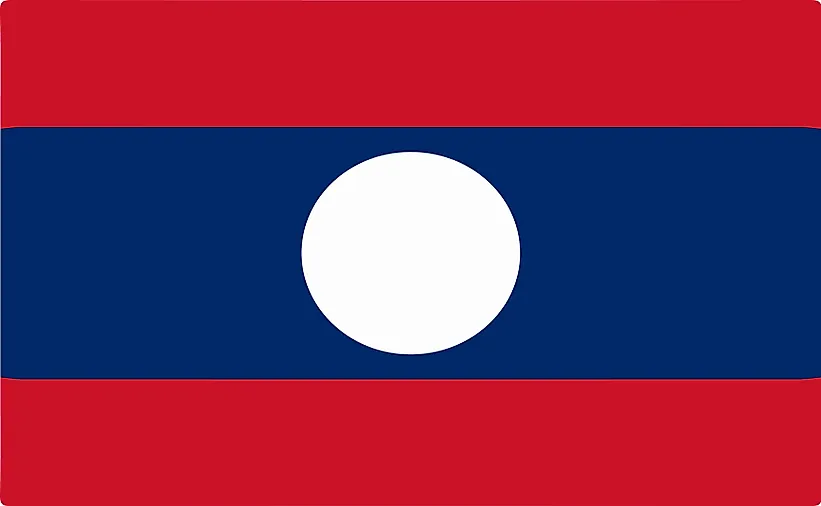
Laos
| Continent | Asia |
| Capital | Vientiane |
| Population | 7,019,073 |
| GDP | $40.96 Billion |
| GDP per Capita | $5,700 |
| Dialing Code | +856 |
| ISO Code (2-letter) | LA |
| ISO Code (3-letter) | LAO |
Laos Landscapes






About Laos
Welcome to Laos, a nation where ancient traditions meet pristine nature. With approximately 7.2 million people occupying 236,800 square kilometers, Laos combines remarkable cultural heritage with stunning landscapes, earning its historical name “Lan Xang” – the Land of a Million Elephants.
Geographic Features and Natural Beauty
Laos’s geography is characterized by mountainous terrain, with the Annamite Range forming its eastern border and the Mekong River defining much of its western boundary. The country features dramatic limestone karsts, dense forests, and numerous rivers and waterfalls.
The landscape includes the mysterious Plain of Jars in Xieng Khouang Province, the spectacular Kuang Si Falls near Luang Prabang, and the extensive cave systems of Vang Vieng. The country’s varied topography creates diverse ecosystems supporting rich biodiversity.
Protected areas include Nam Et-Phou Louey National Protected Area, home to rare wildlife including tigers and clouded leopards, and the Nakai-Nam Theun National Protected Area, preserving unique forest ecosystems.
Cultural Heritage and Traditions
Lao culture represents a rich tapestry of Buddhist traditions and ethnic diversity, with 49 officially recognized ethnic groups. The country’s heritage includes numerous ancient temples, particularly in UNESCO World Heritage-listed Luang Prabang, and distinctive artistic traditions.
Traditional arts include silk weaving with intricate patterns, wood carving, and silver work. Music and dance traditions, particularly the lamvong circle dance and khene bamboo pipe music, express cultural identity and spiritual beliefs.
Lao cuisine features sticky rice as a staple, along with distinctive dishes like larb and tam mak hoong (papaya salad). Traditional festivals, particularly the Pi Mai (New Year) water festival, remain central to cultural life.
Historical Journey
Laos’s history spans from the ancient Lan Xang kingdom through various periods of influence to its modern emergence as an independent nation. The country’s territory was once part of one of Southeast Asia’s most powerful kingdoms.
Significant periods include the glory of the Lan Xang kingdom, French colonial rule, involvement in the Indochina conflicts, and the establishment of the Lao People’s Democratic Republic in 1975. The country’s recent economic opening has brought new opportunities and challenges.
Modern Economic Landscape
Today’s Lao economy combines traditional agriculture with growing sectors in hydropower, mining, and tourism. The country’s strategic location in the heart of the Greater Mekong Subregion offers opportunities for regional integration.
Recent initiatives focus on sustainable development, infrastructure improvement, and poverty reduction. Laos’s natural resources and cultural attractions support its emerging position in regional tourism and trade.
International Relations and Global Position
Laos maintains balanced international relations while promoting regional cooperation within ASEAN. The country’s commitment to sustainable development and poverty reduction shapes its international engagement.
Did You Know?
• Laos is the only landlocked country in Southeast Asia?
• The UNESCO World Heritage site of Luang Prabang contains 33 gilded Buddhist temples?
• The country features over 4,000 ancient megalithic jars scattered across the Plain of Jars?
• Laos has one of the most diverse ethnic compositions in Southeast Asia?
Conclusion
Laos represents a unique blend of natural beauty and cultural diversity. From its ancient temples to its pristine landscapes, from its traditional customs to its modern development aspirations, Laos continues to evolve while preserving its distinctive heritage. As it addresses challenges including sustainable development and environmental protection, Laos remains committed to balancing progress with preservation of its unique natural and cultural treasures.